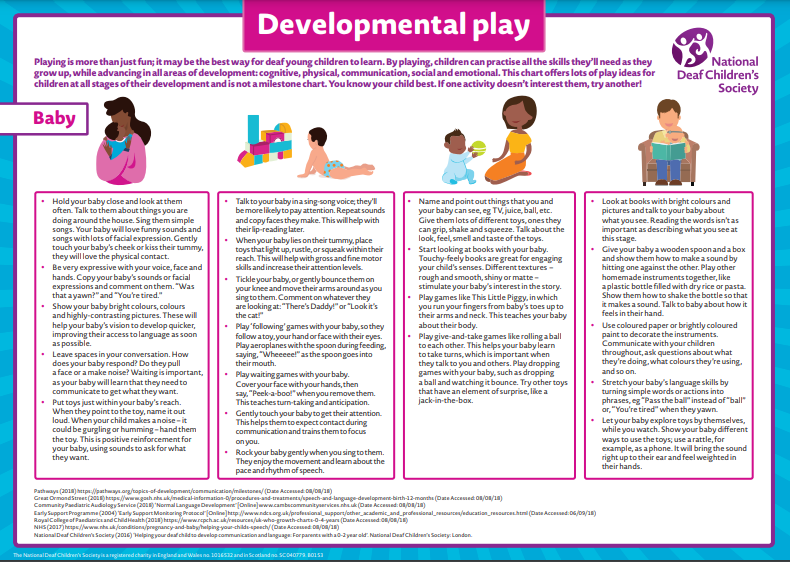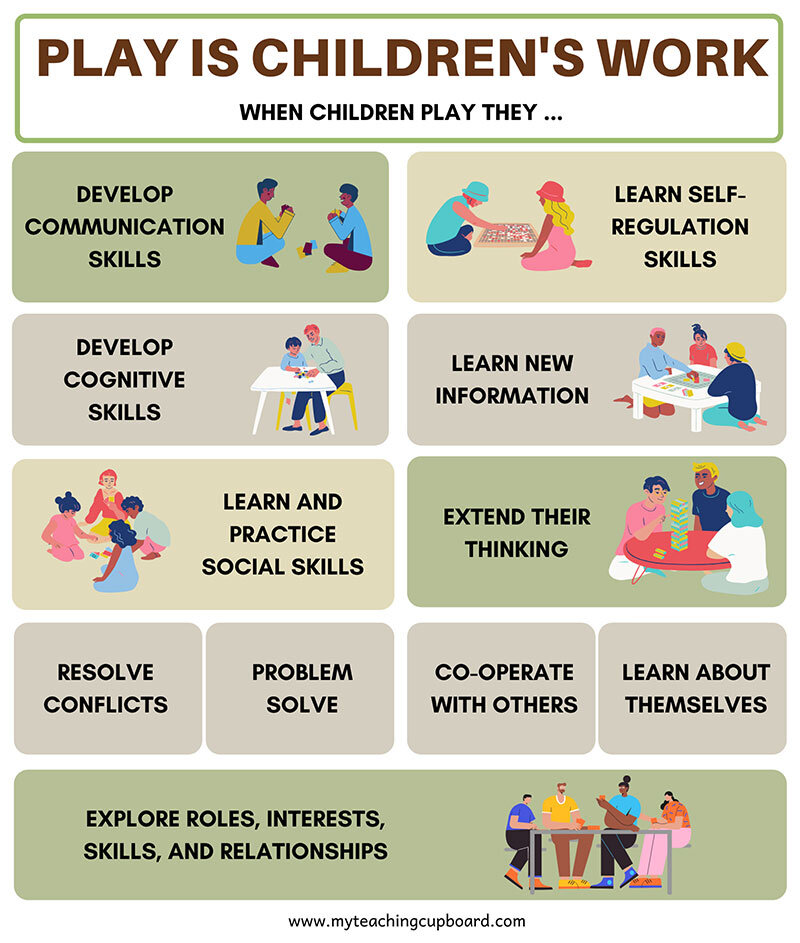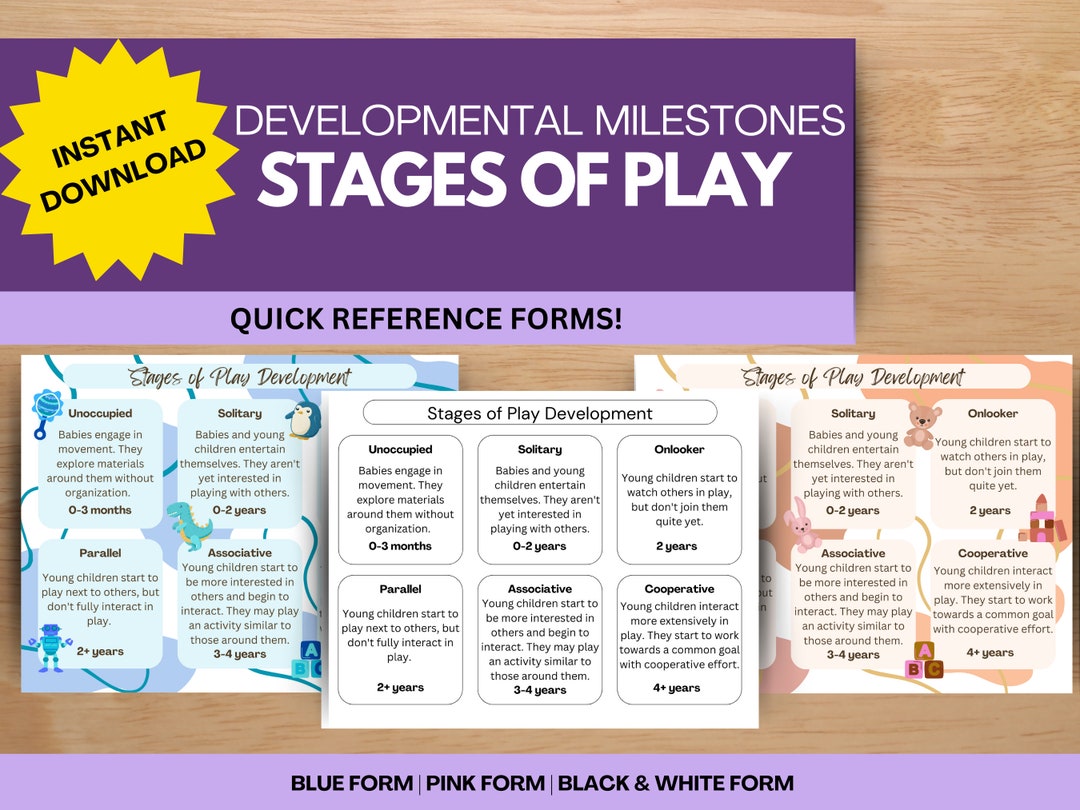Play Milestones Child Development - 9 rows play is a vital activity in children developing age appropriate skills and understanding their place in the world. All children develop at their own pace. As your child ages, they’ll participate in many different types of play. Play offers adults a window into early childhood development using a noninvasive approach [observations or interactions] to gather. Skills such as taking a first step, smiling for the first time, and waving “bye bye” are called developmental milestones. Children need to play — it facilitates their sensory, motor, social and emotional skills. Children develop important skills through play that they continue to use throughout their life. Here’s how each type stage and type contributes to.
Here’s how each type stage and type contributes to. 9 rows play is a vital activity in children developing age appropriate skills and understanding their place in the world. Play offers adults a window into early childhood development using a noninvasive approach [observations or interactions] to gather. As your child ages, they’ll participate in many different types of play. Children develop important skills through play that they continue to use throughout their life. Skills such as taking a first step, smiling for the first time, and waving “bye bye” are called developmental milestones. All children develop at their own pace. Children need to play — it facilitates their sensory, motor, social and emotional skills.
Children need to play — it facilitates their sensory, motor, social and emotional skills. 9 rows play is a vital activity in children developing age appropriate skills and understanding their place in the world. Play offers adults a window into early childhood development using a noninvasive approach [observations or interactions] to gather. Children develop important skills through play that they continue to use throughout their life. Skills such as taking a first step, smiling for the first time, and waving “bye bye” are called developmental milestones. Here’s how each type stage and type contributes to. As your child ages, they’ll participate in many different types of play. All children develop at their own pace.
Child Development Theorists Summary A4 Display Poster, 48 OFF
All children develop at their own pace. Play offers adults a window into early childhood development using a noninvasive approach [observations or interactions] to gather. Children develop important skills through play that they continue to use throughout their life. 9 rows play is a vital activity in children developing age appropriate skills and understanding their place in the world. Children.
Developmental Stages of Play Piaget — My Teaching Cupboard
9 rows play is a vital activity in children developing age appropriate skills and understanding their place in the world. All children develop at their own pace. Skills such as taking a first step, smiling for the first time, and waving “bye bye” are called developmental milestones. Children need to play — it facilitates their sensory, motor, social and emotional.
The Stages of Play in Early Childhood · The SLP Next Door
Here’s how each type stage and type contributes to. As your child ages, they’ll participate in many different types of play. Children need to play — it facilitates their sensory, motor, social and emotional skills. Play offers adults a window into early childhood development using a noninvasive approach [observations or interactions] to gather. All children develop at their own pace.
The 6 Stages of How Kids Learn to Play Play Development Stages of
9 rows play is a vital activity in children developing age appropriate skills and understanding their place in the world. Play offers adults a window into early childhood development using a noninvasive approach [observations or interactions] to gather. Children develop important skills through play that they continue to use throughout their life. As your child ages, they’ll participate in many.
Developmental Milestones Stages of Play, Play Milestones, School
As your child ages, they’ll participate in many different types of play. All children develop at their own pace. Children develop important skills through play that they continue to use throughout their life. Play offers adults a window into early childhood development using a noninvasive approach [observations or interactions] to gather. 9 rows play is a vital activity in children.
Sensory & Play Milestones Occupational Therapy Developmental
9 rows play is a vital activity in children developing age appropriate skills and understanding their place in the world. All children develop at their own pace. Play offers adults a window into early childhood development using a noninvasive approach [observations or interactions] to gather. Skills such as taking a first step, smiling for the first time, and waving “bye.
Pin on Baby health Baby milestone chart, Baby milestones, Early childhood
All children develop at their own pace. As your child ages, they’ll participate in many different types of play. Skills such as taking a first step, smiling for the first time, and waving “bye bye” are called developmental milestones. 9 rows play is a vital activity in children developing age appropriate skills and understanding their place in the world. Here’s.
Developmental Stages
Children develop important skills through play that they continue to use throughout their life. Here’s how each type stage and type contributes to. All children develop at their own pace. Skills such as taking a first step, smiling for the first time, and waving “bye bye” are called developmental milestones. Children need to play — it facilitates their sensory, motor,.
The 6 Stages of How Kids Learn to Play Play Development Early
9 rows play is a vital activity in children developing age appropriate skills and understanding their place in the world. As your child ages, they’ll participate in many different types of play. Play offers adults a window into early childhood development using a noninvasive approach [observations or interactions] to gather. Children develop important skills through play that they continue to.
Scholl Age Child Memory Milestones Sale
9 rows play is a vital activity in children developing age appropriate skills and understanding their place in the world. As your child ages, they’ll participate in many different types of play. Children need to play — it facilitates their sensory, motor, social and emotional skills. Play offers adults a window into early childhood development using a noninvasive approach [observations.
As Your Child Ages, They’ll Participate In Many Different Types Of Play.
9 rows play is a vital activity in children developing age appropriate skills and understanding their place in the world. All children develop at their own pace. Children need to play — it facilitates their sensory, motor, social and emotional skills. Skills such as taking a first step, smiling for the first time, and waving “bye bye” are called developmental milestones.
Here’s How Each Type Stage And Type Contributes To.
Children develop important skills through play that they continue to use throughout their life. Play offers adults a window into early childhood development using a noninvasive approach [observations or interactions] to gather.









